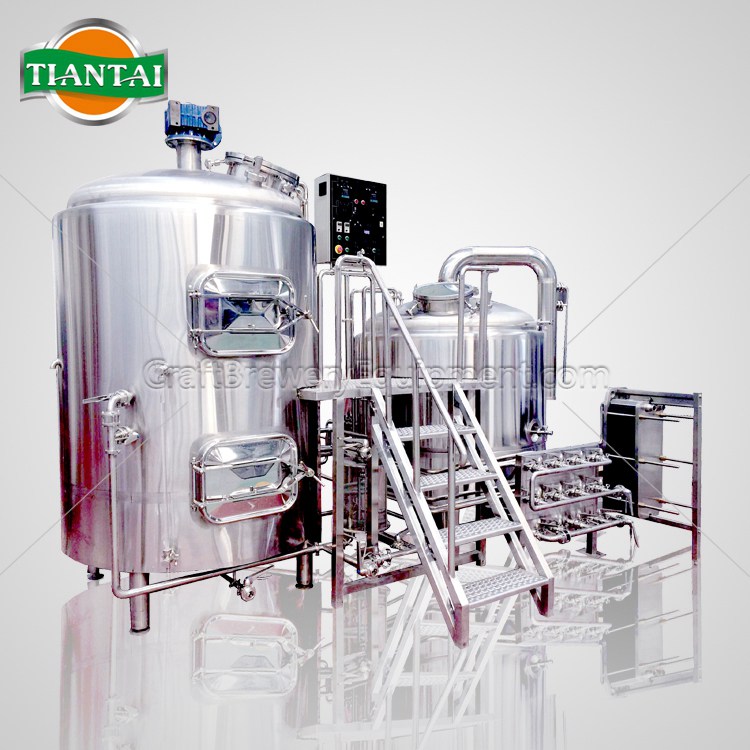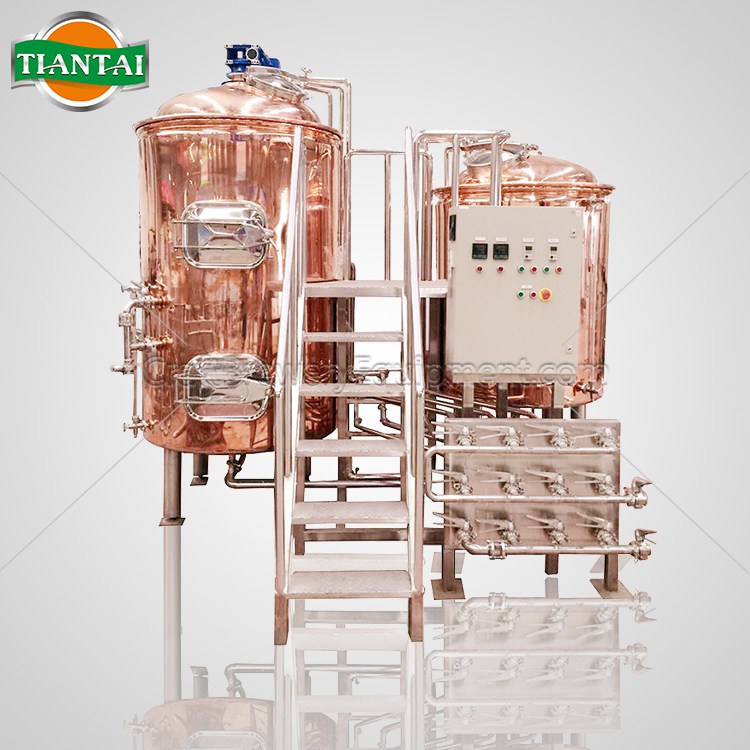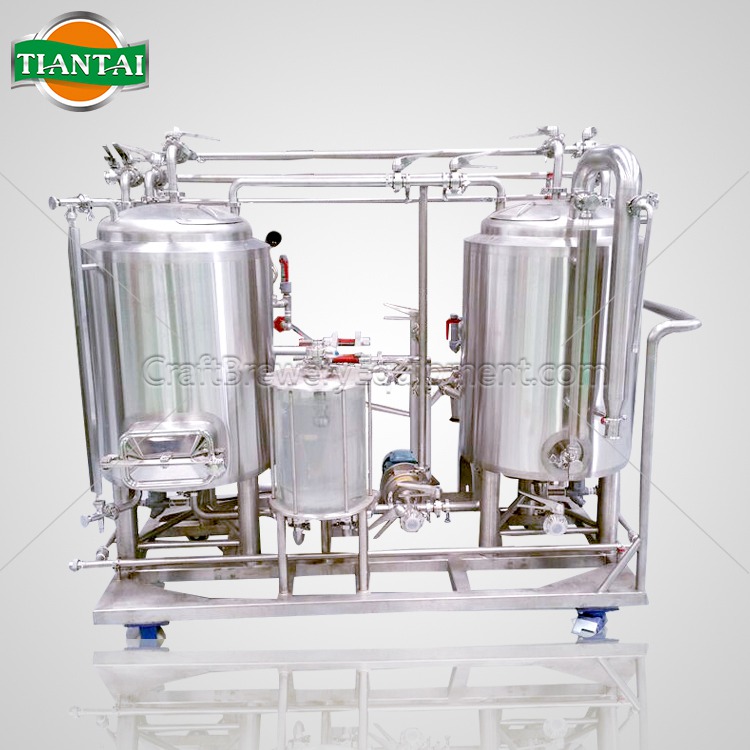Brewhouse Efficiency vs Mash Efficiency in All Grain Beer Brewing
Efficiency is an important number to understand for all grain beer brewing. Your system efficiency determines the original gravity of the beer as well as how much grain is required to develop a given recipe. Understanding the difference between mash and brewhouse efficiency is also important – as it also drives the grains required.

Efficiency in Brewing
Lets start with a discussion of the basic idea of brewing efficiency. When we add grains to our all grain beer, each grain has a potential associated with it. The potential is a measure of how much sugar a given pound of grain can contribute.By taking the number of pounds of malt and multiplying by the potential points for each malt we get a contribution for a given malt addition. We then can sum these up for all grains in the recipe to give an overall potential number of points. If we then divide by the volume of the recipe in gallons, we can directly estimate the recipe’s overall potential gravity points for ideal conditions.This is what would be produced if a brewery were 100% efficient.
However, in the real world, no brewing system is 100% efficient. Losses in each step of the brewing process occur, and the difference between the “ideal” gravity and “real” gravity represents the efficiency of the system.

Mash Efficiency
Then we can talk about the difference between mash and brewhouse efficiency.Mash efficiency is simply the percentage of “potential” sugars that are extracted from the grains during the mash. It is typically a percentage in the 80% range. If we take the “potential” points of the grains, and multiply it by this percentage we get the points extracted from the mash.
Brewhouse Efficiency
A real world brewing system has additional losses after the mash process is complete. These includes boil off, deadspace during the boil and transfer and trub losses (the gunk left after the boil). Each of these will further reduce your original gravity into the fermenter. The number that captures all of these losses plus the mash efficiency is called the brewhouse efficiency. Brewhouse efficiency is typically a number in the range of 72% for most home brewing size systems.Brewhouse efficiency is simply a measure of the overall efficiency of the brewing system encompassing both the efficiency of the mash and lauter process as well as losses in the system during boil, transfer and volume lost to trub.

Practical Applications of Brewhouse Efficiency
Brewhouse efficiency generally remains constant from batch to batch when brewing on the same system, so once you dial in your brewhouse efficiency you can use it to build future recipes. To “dial in” your brewhouse efficiency you simply bump it up a bit if your original gravity from a batch comes in high, or lower it a bit if your original gravity comes in lower than expected. Ideally, you should also meausure your volume into the fermenter, as small variations in volume can throw off your estimates.Edited by Amy
[email protected]



.jpg)


Get In Touch